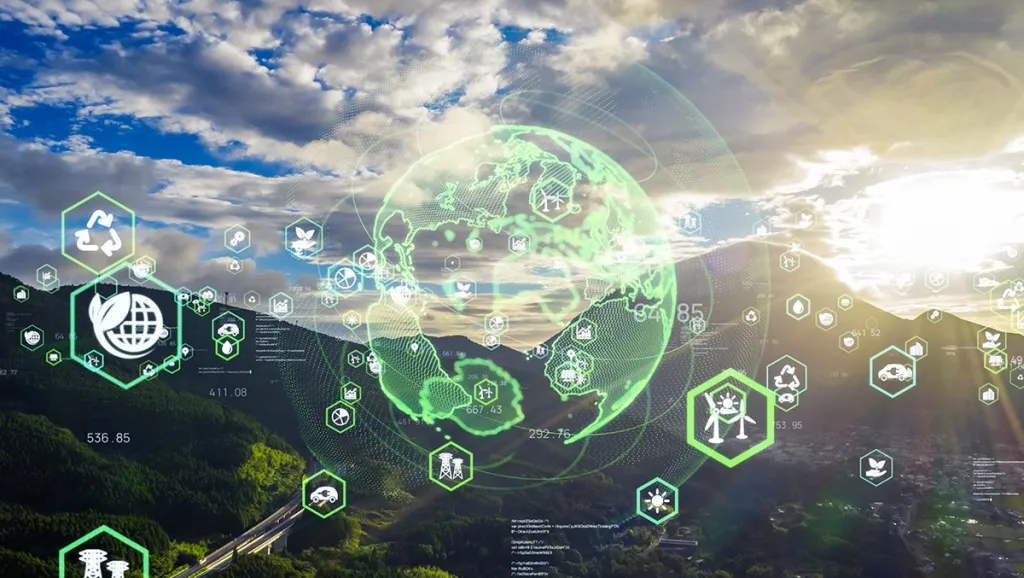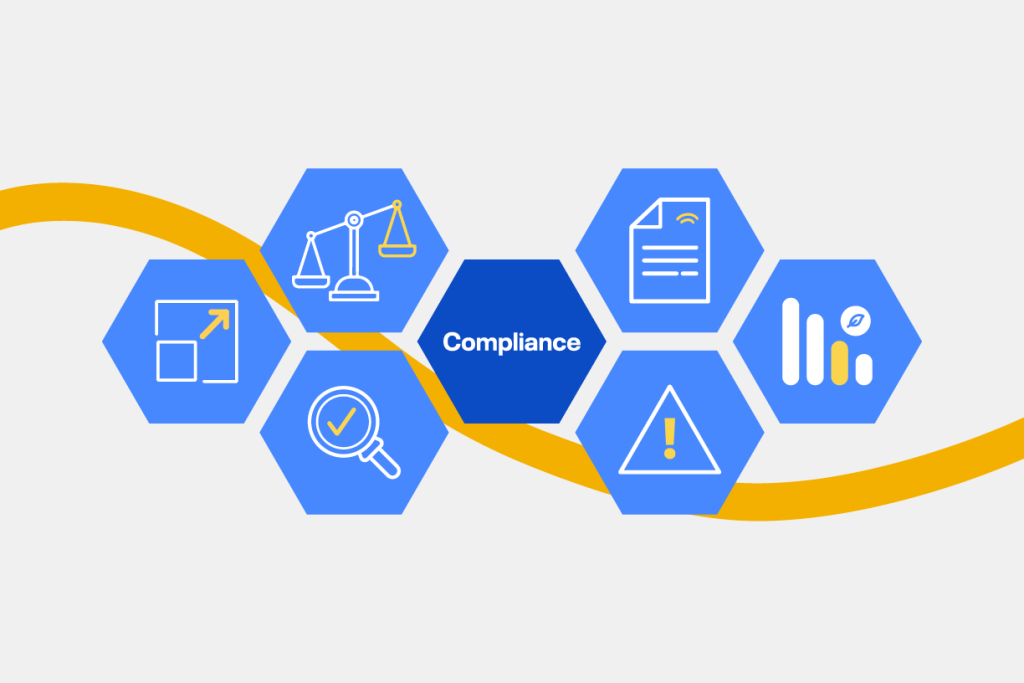
20 years ago, the first 245 companies made climate change disclosures through the Carbon Disclosure Project. Last year, over 18,000 companies worth over half of global market capitalization participated. In the case of nature-related impact reporting, companies will not have the luxury of two whole decades to prepare. Industry, scientific and political consensus on nature-related impact reporting is developing much more rapidly, in part because it builds on the learnings and standards already developed for climate. This was among the hot topics discussed at the recent IPE Focus on Biodiversity 2023 conference.
Here are some of our takeaways from the event, on the challenges we face to bring consumption within planetary boundaries, and how we can help companies tackle this fast-moving set of new ESG expectations.
Why does nature-related reporting matter?
The importance of industry’s dependence on nature (where ‘nature’ is a broad term encompassing biodiversity, freshwater, land, oceans, and climate – the key planetary resources on which lives and economies depend) is well known already. Half of global economic GDP, or $44 trillion of value generation, is “moderately or highly dependent on nature.” From a risk management perspective, over half of the most severe 2-year and 10-year risks reported by the World Economic Forum are environmental. The WWF Living Planet Report 2022 estimates an average 69% decrease in monitored wildlife populations since 1970, in an analysis of almost 32,000 species populations.
The WWF Living Planet Report 2022 estimates an average 69% decrease in monitored wildlife populations since 1970, in an analysis of almost 32,000 species populations.
Another crucial fact shared by Antonio Celeste of Qontigo, speaking from an investing perspective, is that several of the highest-biodiversity-impact sectors have overlap with the highest-biodiversity-dependence sectors – notably forest products, fisheries, and food and beverage. Where impact and dependency align, companies are particularly exposed to the bitter results of their own environmental exploitation, facing risks to supply chains, operating environments, and regulatory burdens. Where impact is decoupled from dependency, such as in the extractive industries and transportation, which have outsized impact relative to their dependency, the true planetary costs of production must be priced in correctly. The products we all use every day rely heavily on all these sectors, and the community of producers faces an urgent challenge to gain better visibility of their impacts, to systemically eliminate them.
Solutions are coming, and will rapidly become mandatory
Nature impact transparency is already a C-suite issue and some leading companies have already stepped up to the challenge, disclosing what they can and sharing methodologies (for example, Kering shares their Biodiversity strategy and methodology publicly). Policy makers, regulators, standards bodies, and many of the world’s largest investors all support mandatory corporate reporting including nature-related disclosures.
Solutions and frameworks are rapidly becoming available to support companies in this journey, including the new Taskforce on Nature-related Financial Disclosures reporting framework (TNFD, now in a mature draft “beta” form), and the Science Based Targets for Nature (SBTN). The TNFD aims to put nature-related reporting into a form readily used by investors, and SBTN “will help companies prioritize places and issue areas for action, using the best available science, so that companies can confidently address their most urgent impacts and dependencies.”
Dayrize gives companies rapid access to usable estimates of their nature impact, which may help streamline their nature-related transparency efforts and illuminate top opportunities for impact reduction.
IPE speakers shared how standards-developers and companies are still sorting through what metrics are the most important for various investor and stakeholder use cases, and it will take some time before there is consensus, but “foot printing” metrics are of particular interest in the near term, allowing comparison between products, companies, and portfolios even across sectors. Take for example the Dayrize Ecosystem Impact score for consumer products, which estimates actual land use and water depletion impact, both adjusted for regional ecosystem sensitivity, and enables easy comparison between products or brands with a holistic scoring metric. Dayrize gives companies rapid access to usable estimates of their nature impact, which may help streamline their nature-related transparency efforts and illuminate top opportunities for impact reduction.
Of course, there are unique aspects of biodiversity impact management (for example, localized impact assessment is more critical for watershed depletion than for CO2 emissions, which have global impact regardless of where they are emitted), and there are complex dependencies between climate and nature-related impacts – their negative effects on the planet exacerbate each other, and solutions for one can help or even hinder the other. To help with this, we’ve developed the Dayrize product impact assessments to help quickly bring these tradeoffs to the surface and visualize them to support decisions about materials, product design, supply chains, distribution, manufacturing and more.
Data is often one of the largest barriers to compliance with these new expectations. Companies need good data at their fingertips to empower strategic decisions, and to demonstrate leadership in reporting and disclosure.
Data is critical – but we can’t let it delay action. Dayrize can help.
Data is critical – but data scarcity must not be a reason for inaction. The good news is we can leverage extensive learnings from the decades-long (and ongoing) journey toward corporate climate transparency. TNFD and SBTN were built directly leverating TCFD and SBTi experience, respectively. Likewise, valuable science and data on nature and biodiversity impacts are available, and Dayrize builds these into our rapid product sustainability assessments, so that even where operational or product-specific data is limited, Dayrize empowers companies with science-driven and custom impact estimates, to enable clear-headed, systematic reduction in corporate impacts to the planet.

